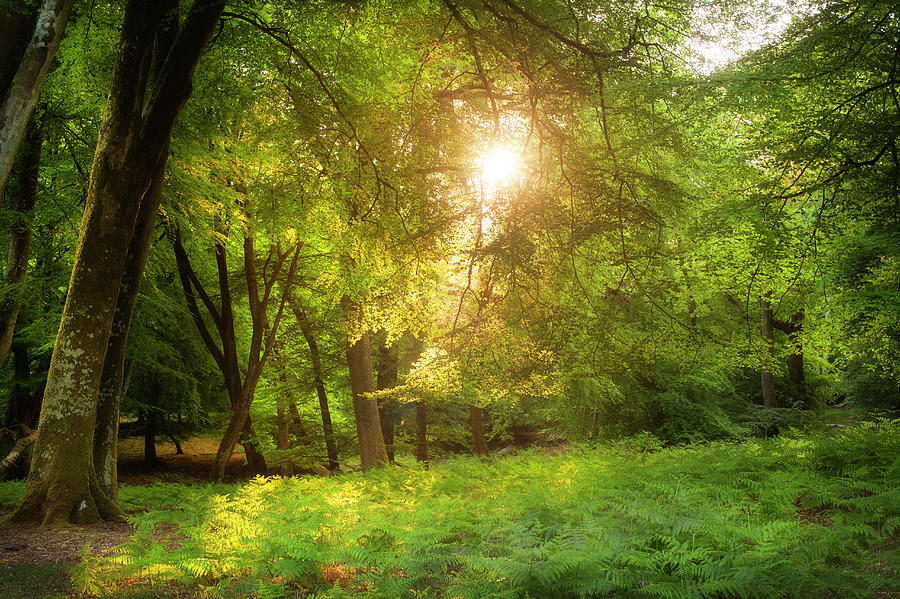
Forests are among the most vital ecosystems on Earth, covering approximately 31% of the land area. These lush, green expanses are not only a source of aesthetic beauty but also play a crucial role in maintaining ecological balance. From the tropical rainforests of the Amazon to the temperate forests of North America and the boreal forests of Russia and Canada, each type of forest supports a unique web of life.
Forests provide habitat for countless species of flora and fauna, contribute to the carbon and water cycles, and offer numerous ecosystem services that are indispensable for human survival. This article delves into the wonders of forest ecosystems, exploring their structure, biodiversity, and the critical role they play in the global environment.
Forest Layers
Forests are complex ecosystems characterized by multiple layers, each supporting different forms of life. These layers include:
- Canopy: The uppermost layer formed by the crowns of tall trees. This layer receives the most sunlight and is home to many bird species, insects, and arboreal mammals. It also provides shade to the layers below, creating a cooler and more humid environment.
- Understory: This layer consists of smaller trees, shrubs, and young saplings that thrive in the filtered light that penetrates the canopy. It provides habitat for a variety of animals, including insects, birds, and small mammals.
- Forest Floor: Covered with decomposing leaves, fallen trees, and other organic matter, the forest floor is a hotspot for decomposition and nutrient cycling. Fungi, insects, and microorganisms break down organic material, enriching the soil with nutrients.
- Soil Layer: The soil in forests is rich in organic matter and microorganisms. It supports plant roots and is crucial for water retention and nutrient uptake. Healthy forest soil is a vital component of forest ecosystems, aiding in plant growth and sustaining the entire ecosystem.
Flora and Fauna
Forests are incredibly diverse, hosting a wide variety of plant and animal species. The flora of a forest includes a range of trees, shrubs, and groundcover plants, each adapted to the specific conditions of their environment. Common trees in temperate forests include oak, maple, and pine, while tropical rainforests boast an array of species like mahogany, rubber, and kapok.
The fauna in forests is equally diverse, with each species playing a specific role in the ecosystem. Herbivores like deer and rabbits feed on plants, while carnivores such as wolves and big cats prey on other animals. Birds, insects, and other small animals contribute to pollination, seed dispersal, and decomposition, ensuring the health and sustainability of the forest.
Ecosystem Services
Forests provide a multitude of ecosystem services that are essential for the survival of life on Earth. These include:
- Carbon Sequestration: Forests act as carbon sinks, absorbing carbon dioxide from the atmosphere and storing it in biomass and soil. This helps mitigate climate change by reducing the amount of greenhouse gases in the atmosphere.
- Oxygen Production: Through photosynthesis, trees and plants produce oxygen, which is essential for the survival of most living organisms.
- Water Cycle Regulation: Forests play a crucial role in the water cycle by intercepting rainfall, facilitating groundwater recharge, and reducing surface runoff. They help maintain water quality by filtering pollutants and preventing soil erosion.
Human Impact and Conservation
Human activities, such as deforestation, logging, and land conversion for agriculture, have significantly impacted forest ecosystems. Deforestation leads to habitat loss, reduced biodiversity, and increased greenhouse gas emissions. It also disrupts the water cycle and soil stability, leading to further environmental degradation.
Conservation efforts are critical to preserving forest ecosystems. Sustainable forestry practices, reforestation, and the establishment of protected areas are essential strategies for conserving forests. Community-based conservation programs that involve local populations in forest management are also effective in promoting sustainable use of forest resources.
Conclusion
Forests are invaluable ecosystems that support a rich diversity of life and provide numerous benefits to the planet. The future of forests depends on our ability to balance human needs with the preservation of these vital ecosystems. By adopting sustainable practices and supporting conservation efforts, individuals can contribute to the protection and restoration of forests, ensuring that they continue to thrive for generations to come.
Hi, this is a comment.
To get started with moderating, editing, and deleting comments, please visit the Comments screen in the dashboard.
Commenter avatars come from Gravatar.